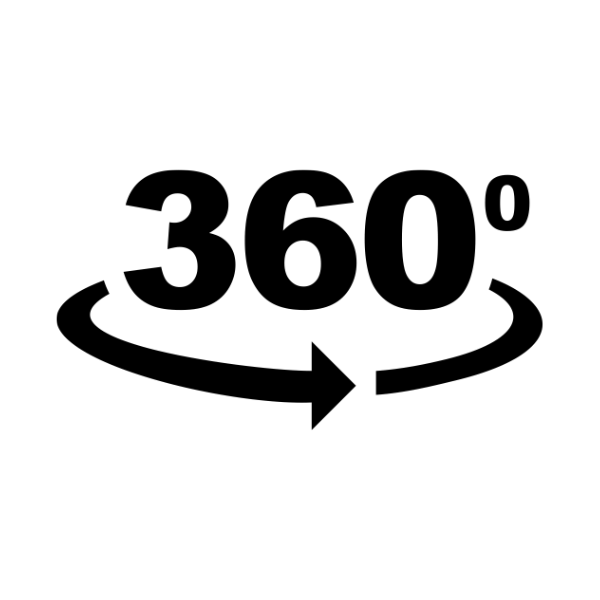What is a system board / family board?
The system board is a versatile tool that is used in various areas such as family therapy, supervision, coaching and organizational consulting. It consists of a wooden board on which small figures and symbols are placed to represent different systems or processes. Originally known as the "family board" or "relationship board", it was developed by Kurt Ludewig and Ulrich Wilken. Nowadays, it is impossible to imagine systemic work without the system board and it has successfully established itself in various areas. It offers a flexible and effective way of visualizing complex relationships in a clear way, thus promoting a deeper understanding and solutions.Family constellation with representatives or system board: which is the right method for you?
Deciding between a family constellation with representatives and a constellation with the system board can be a significant choice on your personal journey of discovery. Both methods offer valuable insights and solutions to better understand family dynamics and relationships and promote personal growth. Let's dive in and explore the merits of these two approaches to find the method that's right for you.Family constellations with representatives are known for their intense group dynamics. Here you look at your system in a community of 15 to 20 people who serve as representatives. This method makes it possible to clearly visualize complex family relationships and identify emotional entanglements. However, being open in front of a large group can be a challenge for some people.
For those who prefer a more protected setting, the constellation with the system board is an attractive alternative. In this intimate setting, you work directly with a counselor. The system board acts as a visual aid on which wooden figures act as symbolic representatives of family members. Here you have the opportunity to externalize your inner thoughts and feelings about a stressful situation. This visualization makes hidden patterns tangible and opens up new insights and solutions.
The constellation with the system board allows you to experience and express your inner processes more intensively. In contrast to the observer role in the family constellation, you are actively involved in the process and take on the role of the representative. This active participation enhances the effect and can lead to deeper self-knowledge.
Another advantage of the system board constellation is the flexibility of time and space. While there are often time restrictions in group constellations, you can move at your own pace in a constellation with the system board. This gives you ample opportunity to deal with your concerns and find solutions.
Ultimately, it is up to you to decide which method best suits your needs and preferences. Whether you prefer the group dynamics and diversity of family constellations or the protected intimacy of the system board, both paths offer valuable opportunities for personal growth and self-knowledge. Be open to your inner journey and discover the method that accompanies you on your path to a fulfilled life.
In which areas can the system board be used?
6. Pedagogy: In pedagogy, the system board can help to clarify relationship dynamics between teachers, pupils and parents and create positive teaching and learning environments.
7. Conflict resolution: The system board can be used as a tool for conflict resolution and mediation in order to identify the causes of conflicts and develop harmonious solutions.
8. Team and team development: In team and team development, the system board supports the identification of a team's strengths and weaknesses and the promotion of cooperation.
9. Decision-making: The system board can be used in decision-making processes to present different options and their implications and to make informed decisions.
10. Self-reflection and personal development: The system board offers an opportunity for self-reflection and self-awareness in order to promote personal development and growth.
What types of system boards are there and how do they differ?
There are different types of system boards that are used in systemic work. The differences lie mainly in the shape, the material and the symbols used for the constellation. Here are some of the most common types of systemic boards:
2.Paper system board: A mostly homemade paper system board consists of a flat surface on which paper symbols are placed. It is easy to transport and is well suited for mobile therapists or counselors.
3.Fabric system board: "Fabric boards" are made of felt or wool on which fabric figures or symbols are placed. They are particularly popular for group work and can be easily rolled up and transported.
4.Magnetic system board: A magnetic system board has a magnetic surface on which magnetic figures or symbols are placed. This type of system board makes it easy to arrange and move the symbols during the constellation.
5.Digital system board: In modern systemic work, there are also digital system boards that are used on computers or tablets. Here, figures can be moved using drag & drop, which is particularly practical for online sessions.
The differences between the various system boards lie in their handling, portability, flexibility and aesthetic design. Some therapists prefer the traditional wooden system board for its naturalness and symbolic meaning, while others appreciate the practical advantages of digital or magnetic system boards.
Ultimately, the choice of system board depends on the personal preferences of the therapist or counselor as well as the specific requirements of the constellation situation. However, the basic function and meaning of the systemic board remains the same regardless of the type of board used - namely to clearly visualize complex systems and relationships and to promote profound self-knowledge and solutions.













